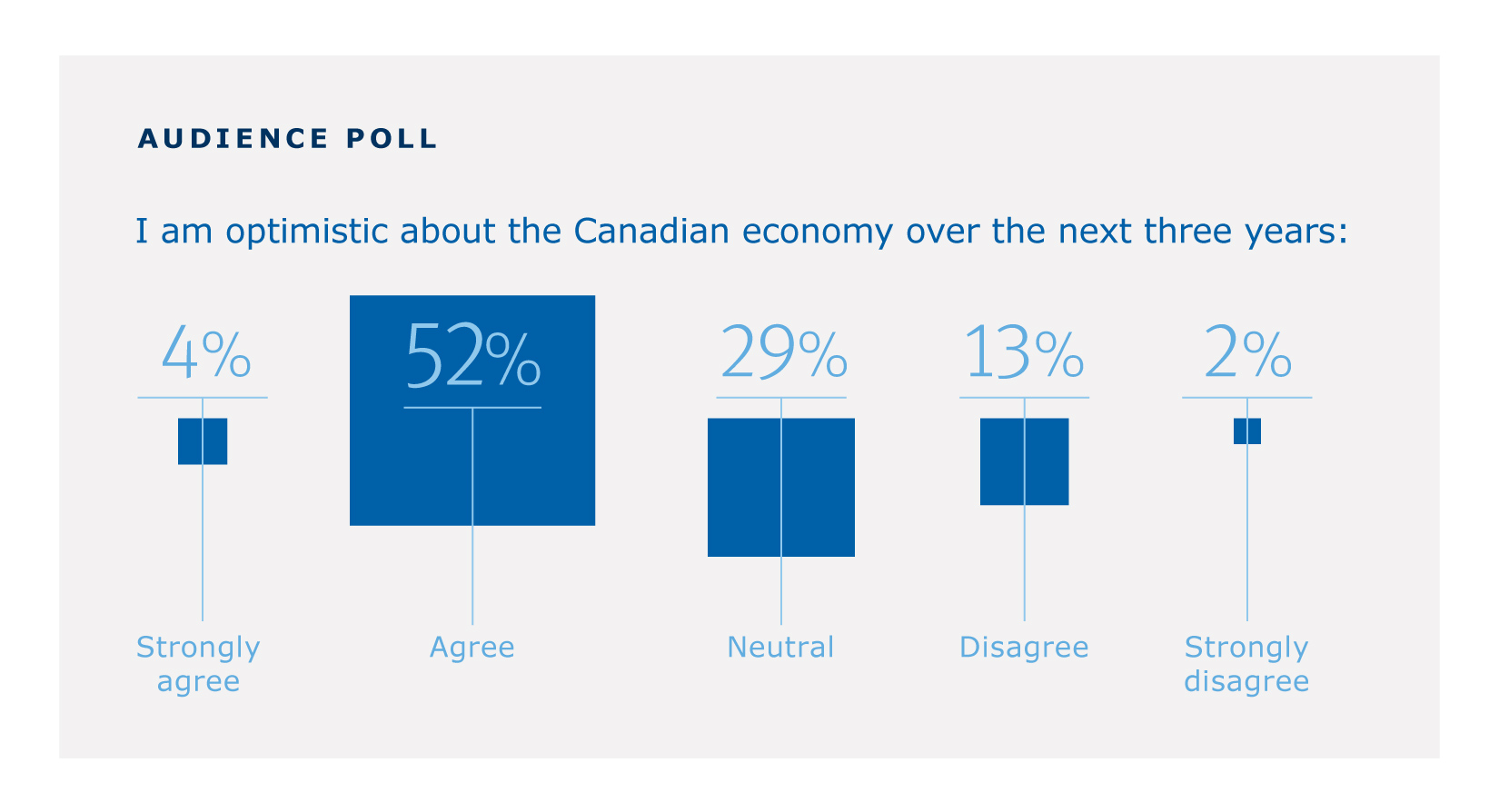Against a backdrop of slow growth, geopolitical risk, less than compelling valuations and underwhelming earnings, Eric Lascelles, chief economist at RBC Global Asset Management, offered some insights on the global economy during his recent presentation at RBC Investor & Treasury Services’ 2016 Investor Forum in Toronto:
- Global purchasing manager indices for the manufacturing sector indicate that the global economy is decelerating. This is especially true of developed countries in the last year.
- Global trade is in decline for a few key reasons: Protectionism, increased competition, the unsustainability of emerging market growth and the decrease in business investment post-financial crisis. During the past year, growth has slowed even further due to tighter financial conditions and growing policy uncertainty.
- A prolonged period of low interest rates has translated into debt excesses around the world. This is clearly visible in emerging markets and China, where corporate debt continues to soar.
- The International Monetary Fund sees higher recession risks in the US, Japan, Latin America and the EU.
- Monetary policy in the form of central banks’ decisions to drive bond yields into negative territory has done little to advance growth.
- With the exception of Canada, few countries have been willing to introduce fiscal stimulus to support infrastructure projects.
- China generates one-third of the world’s growth—three times more than any other country. While we are not seeing signs of recession in China, there are indications of credit excess and non-performing loans, which are growing by more than 50% a year. The expectation is that the Chinese economy will continue to slow, constraining growth in the rest of the world.
- On the plus side, even with an outlook of 1.75% GDP growth for the US,wages are moving up globally.
- As a net exporter of oil, Canada stands to benefit from rising oil prices. However, current prices are not enough to support significant investment in energy-focused Alberta, which is in recession and dealing with the economic fallout from the Fort McMurray wildfires. It’s a different story for the provincial economies of Ontario, British Columbia and Quebec, which are growing and enjoying a lift in exports from a lower Canadian dollar.While regional variations are wide, Canada’s leading indicators are negative overall; Canadian households are carrying more debt for longer periods of time and, as a result, consumers are expected to contribute less to growth in the coming years.
So what does it all mean? Simply put, there are a number of risks in today’s environment but there are also opportunities. Growth will occur, but only moderately.


